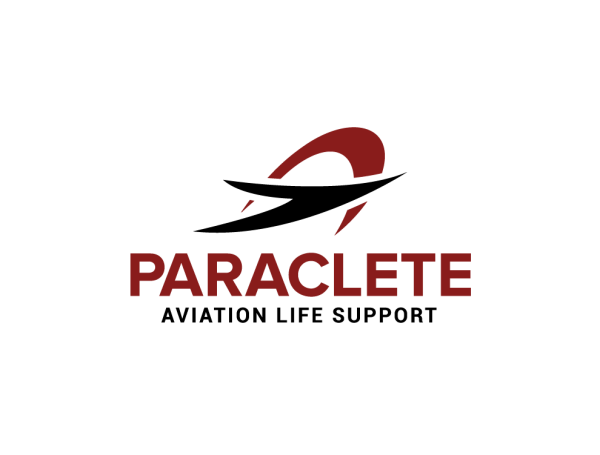A. Earphone Speakers
1. Functionality Test
- Power on the communication system and conduct an audio test.
- Confirm that sound is clear, without distortion, static, or dropouts.
- Verify volume levels are consistent in both ear cups.
- If equipped, check balance adjustments and noise-canceling functions.
B. Ear Cups
1. Structural Integrity
- Inspect the ear cups for cracks, warping, or damage to the plastic or composite material.
- Ensure no loose or missing screws that may affect stability.
2. Attachment to Helmet
- Verify that the ear cups are securely fastened to the helmet.
- Check for any looseness or movement that could affect fitment.
- Confirm ear cup retainer receiver is present.
3. Adjustability
- Ensure they provide a secure fit without excessive shifting.
C. Ear Seals
1. Physical Condition
- Inspect for cracks, tears, or deformities in the ear seals.
- Check for excessive wear that may affect noise isolation.
2. Seal Integrity
- Press on the ear seals to ensure they maintain their cushioning properties.
- Verify that they create a secure, even seal around the ears without gaps.
3. Comfort & Fit
- Wear the helmet and check that the ear seals provide adequate comfort.
- Ensure they do not cause pressure points or discomfort.
- Confirm they maintain a firm seal against external noise without excessive clamping force.
________________________________________________________________________________
Pass/Fail Criteria
PASS: Ear cups are secure, and audio is functional without errors.
FAIL: If audio is found to be intermittent— DO NOT USE until repaired or replaced.
Refer to Maintenance Status Traffic Light Checklist to determine Serviceable condonation or if faults are Unserviceable, not recommended to fly with helmet until faults are resolved.


Post your comment on this topic.